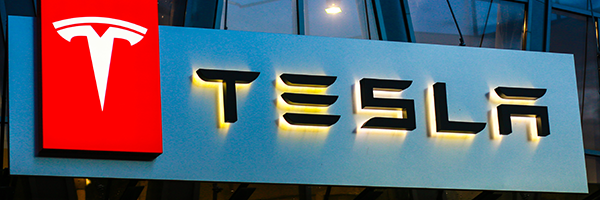Tesla (TSLA) can’t win for winning.
On Monday, while U.S. markets were, fortunately, closed, the company reported record quarterly deliveries for the fourth quarter of 2022 of 405,278 cars.
Unfortunately, Tesla had convinced Wall Street to look for delivery of 420,7690 cars.
So even record deliveries amount to a miss. For a third straight quarter, Tesla’s deliveries missed company and Wall Street projections. The company saw deliveries rise 40% in 2022, but that too was short of the 50% growth targeted by the company.
As of the close today, January 3, Tesla shares were down 12.24%.
Pile that first day of 2023 loss on top of the stock’s 65% drop in 2022. For December alone Tesla shares fell 37%.
There’s actually more wrong at Tesla than a relatively minor miss on deliveries (and the hyperbolic rantings of CEO Elon Musk that raised expectations to nose-bleed levels.)
The company faced (and faces) huge problems in China where the economy has slowed and where domestic competitors are eating up market share.
In December Tesla cut prices in China–offering s $7,500 discount–and reduced production at its Shanghai factory.“We believe that Tesla is facing a significant demand problem,” Toni Sacconaghi, an analyst at Bernstein wrote in a report Monday. “We believe Tesla will need to either reduce its growth targets (and run its factories below capacity) or sustain and potentially increase recent price cuts globally, pressuring margins.”
It doesn’t help that Tesla increasingly seems to be asleep at the wheel as competitors ramp up and as the market for electric vehicles shifts to new entrants at lower price points. The electric vehicle credits in the recently passed Inflation Reduction Act are a case in point. Of the company’s seven models only one qualifies for government credits–the other models are either too expensive or use battery packs that don’t meet the legislation’s Made in America standards.
At the close Tuesday, Tesla had a market cap of just $339 billion. At $389 billion, Tesla is still valued more highly than Toyota, General Motors, Stellantis, and Ford combined. Tesla shares are trading at more than 24 times forward 12-month estimated earnings, with GM and Ford hovering at between 5 and 6 times projected earnings. That is perhaps too wide a gap but it does reflect the difference between analyst estimates of 36% revenue growth for Tesla and low single digital sales growth for General Motors and Ford.
General Motors and Ford are both members of my Jubak Picks Portfolio. GM stock is down 5.56% (as of the close on January 3) since I added it to the portfolio on October 4, 2022. Shares of Ford are off 25.08% since I added them to the portfolio on June 9, 2021.


